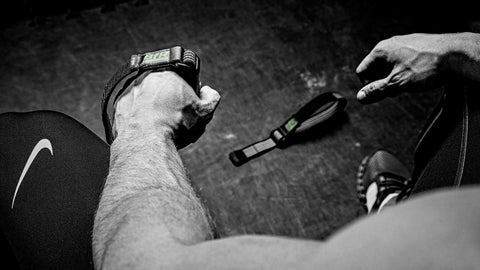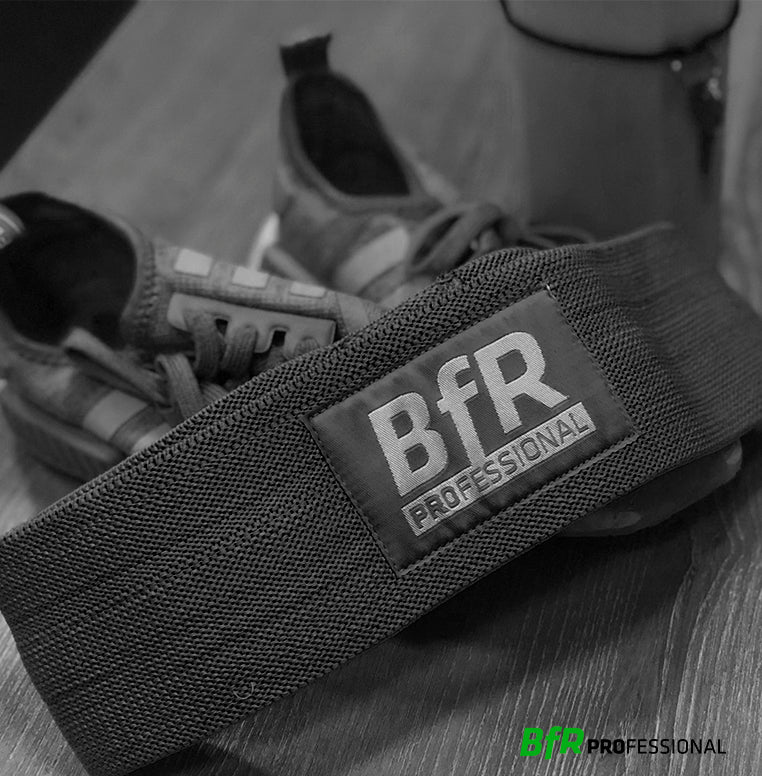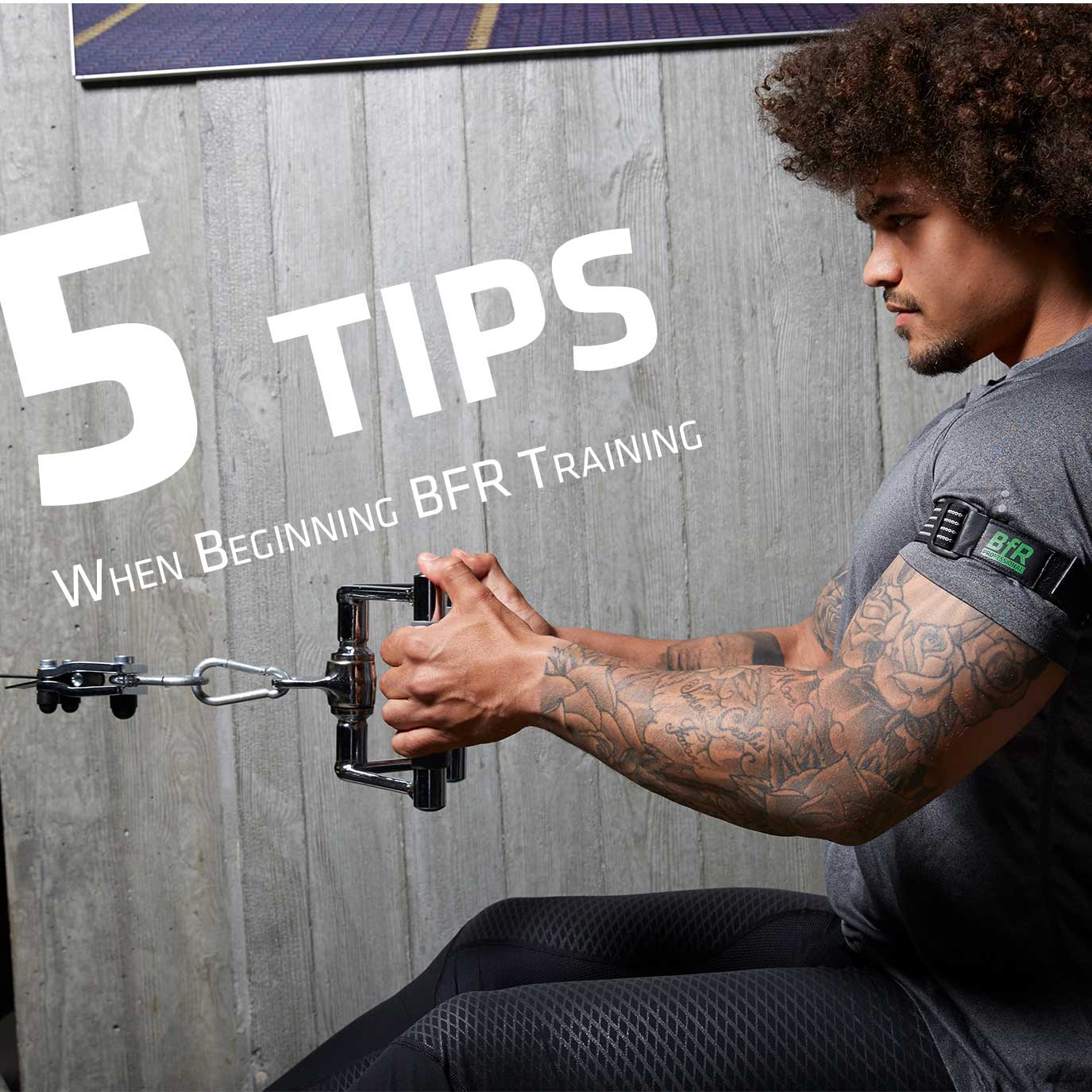Blood Flow Restriction Training for Rehab Patients
We all know the old adage that “prevention is always better than a cure”; but if you’re already laid up with an injury, it’s not the most useful advice.
Recovering without motion or resistance training during your rehabilitation will cause your muscles to begin to atrophy and waste away. According to a study published in the International Journal for Sports Medicine, atrophy causes a 35% degeneration of muscle within the first week of immobilisation. However, those with injuries or ill patients with muscle weakness are stuck in a catch-22 situation from being physically active.
By using blood flow restriction techniques in your rehabilitation routine, you’ll be back into your training/top form quicker.

Who can benefit from Blood Flow Restriction Training?
The key to BFR’s popularity is the ability to safely and quickly deliver increased muscle hypertrophy (size), increased strength and increased endurance without strain on a particular joint or without having to lift heavy weights.
Researchers at the Brooke Army Medical Centre in Texas have seen 70-80% increase in strength gains in just 2 weeks – numbers previously unheard of in conventional rehabilitation.
This makes blood flow restriction training perfect for anyone looking to recover from almost any muscular related injury; especially those previously unable to perform traditional heavy strength exercises at 70% of one-rep max (1RM).
Current effective rehabilitative applications of blood flow restriction training include:
- Athletes recovering from injuries such as rotator cuff or ACL injuries;
- Patients with arthritic joints;
- Post-operative cases;
- Older adults at risk of sarcopenia;
- Chronic muscle weakness or atrophy; and
- Injured military or service personnel.
How Blood Flow Restriction Training Works
Blood flow restriction training involves applying specialised restriction straps to the injured limb to partially restrict blood flow whilst exercising. In turn, the restriction causes the now oxygen-deprived slow-twitch fibres within the muscle to rapidly fatigue. This forces your body to engage the fast-twitch fibres which have the most potential for growth.
Typically, fast-twitch fibres are only engaged through heavy weight lifting or significant endurance training. With blood flow restriction training, however, you are able to achieve the same result using much lighter weights – around 20% of 1RM.
Interested in finding out more? Read our more in-depth article about How Blood Flow Restriction Training Works.
How to perform Blood Flow Restriction Training?
In the past, blood flow restriction training would only be available to you if you were able to attend a KAATSU training facility and be assisted by a certified specialist. A difficult and costly procedure for most injured patients.
With new purpose built solutions such as the BfR Pro product range, patients are now able to enjoy the same rehabilitative effects of BFR workouts; without supervision of an exercise specialist from the comfort of their own home.
However, we advise anyone who is suffering from an injury or experiencing any pain to consult their physician or local health professional to determine if BFR training is an appropriate step in your recovery.
So if you’re worried that your current injuries are going to cause you to lose you gains or competitive advantage, or perhaps a chronic trauma that conventional rehabilitation has failed to heal, then injury blood flow restriction bands and workouts could be your answer.
Team BfR Professional
Leave a comment
Comments will be approved before showing up.









Lars Thorn
Author